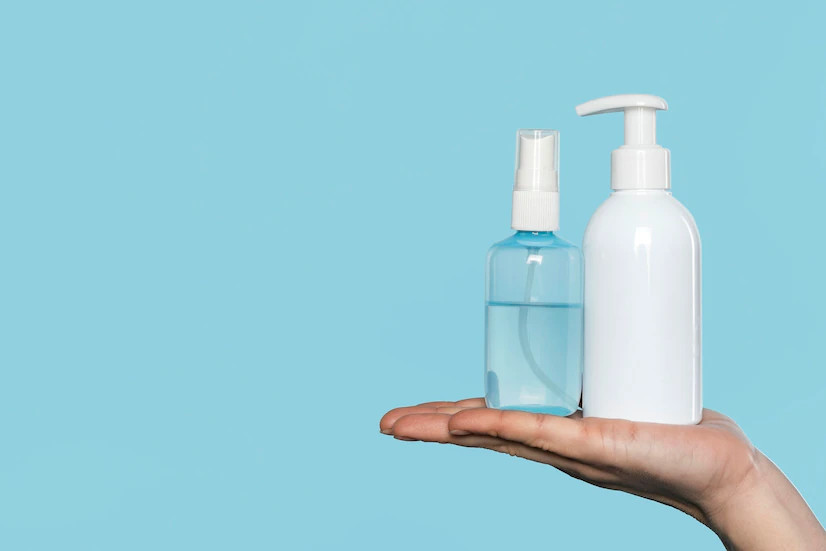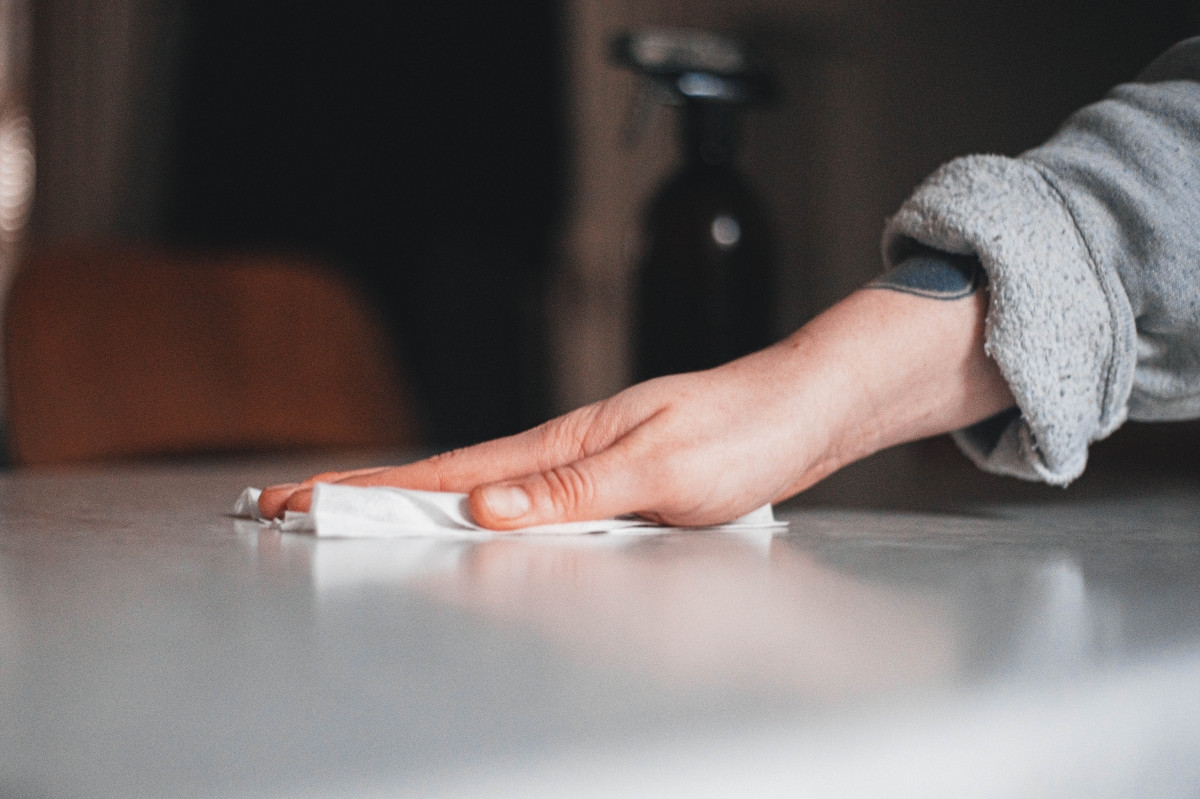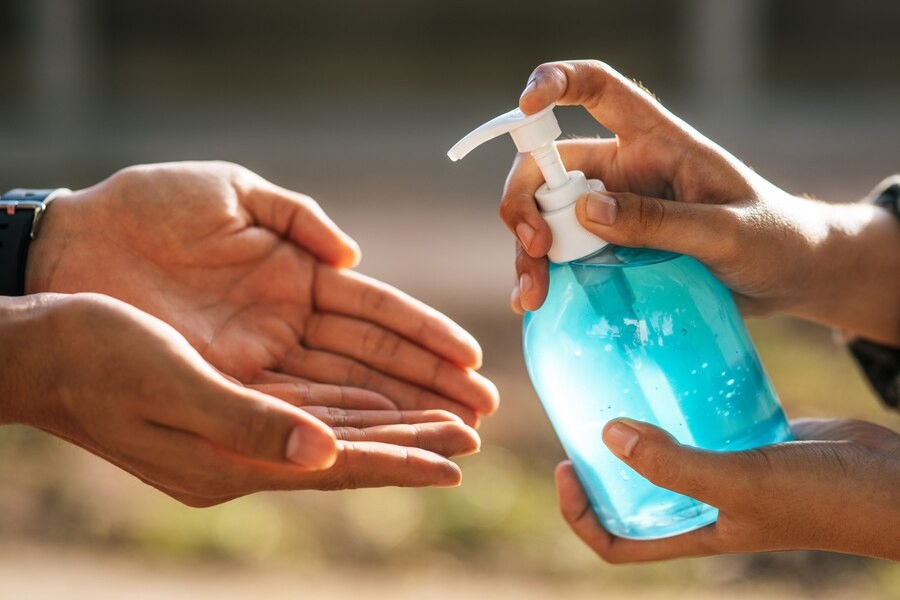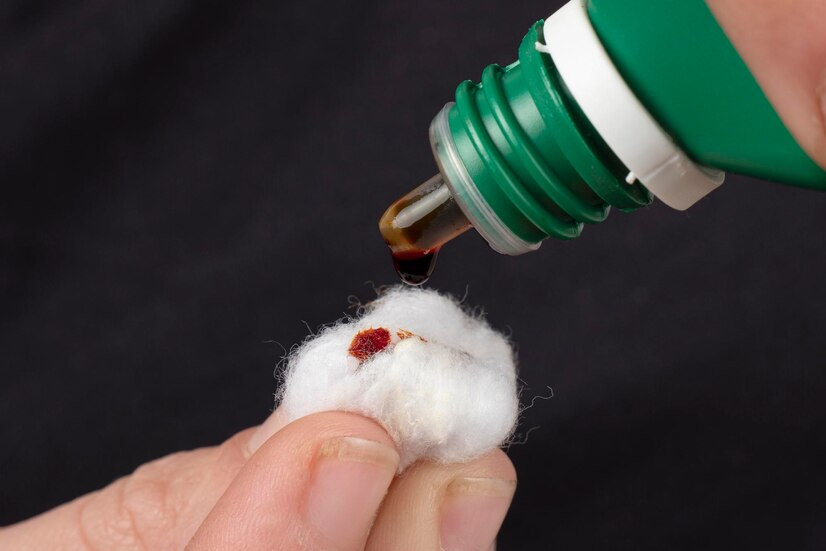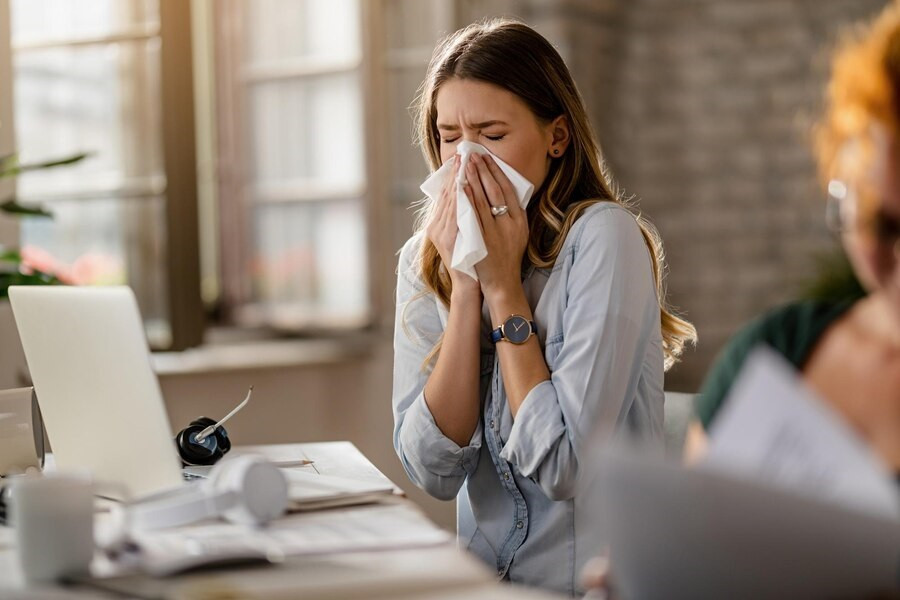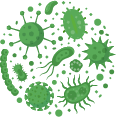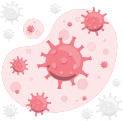Antiseptics and disinfectants both serve to control infections by killing microorganisms (tiny living organisms like bacteria, viruses, and fungi) and germs. However, they are used in different situations.
Understanding the proper usage of antiseptics and disinfectants is essential to avoid mistakes.
What is an Antiseptic?
Antiseptics are chemical substances applied or sprayed onto the skin to reduce the number of live germs on the skin, wounds, and mucous membranes (the moist tissues that line places like your mouth, nose, and genitals). They can also inhibit the growth of germs on the skin. Antiseptics come in various types, differing in price, product effectiveness, application methods, and potential side effects.
Over-the-counter antiseptics can be used for hand sanitization and treating minor wounds. In healthcare settings, antiseptics aim to reduce the risk of infection during medical procedures, such as blood draws and surgeries.
In everyday use, antiseptics are mainly used to prevent skin infections, clean minor wounds, and wash hands when soap and clean water are unavailable. Some antiseptic solutions can also be used as mouthwashes to address throat issues.
Safety in Using Antiseptics
The CDC recommends using antiseptic products at home according to usage instructions. Using antiseptics at too high a concentration (how strong or diluted a liquid is) can irritate the skin. Additionally, over-the-counter antiseptics should not be used excessively or for extended periods.
Antiseptic solutions should not be applied in the following situations:
- Large open wounds
- Severe burns
- Areas with foreign objects embedded in the skin
- Insect bites or scratch marks
- Eye infections
What is a Disinfectant?
While antiseptics are used to kill microorganisms on the skin's surface, disinfectants are meant to kill germs on inanimate surfaces (non-living surfaces like tables and doorknobs). Disinfectants may contain antiseptics in higher concentrations but should never be used on the skin.
Disinfectants are typically used to clean surfaces and prevent the spread of infections. It is important to regularly clean and disinfect frequently touched surfaces, such as:
- Tabletops
- Door handles
- Faucet handles
- Toilet flush buttons
- Light switches
- Remotes
- Toys
How to Properly Use Disinfectants
Before using disinfectants, it’s crucial to read the chemical content (the ingredients that make up the product), usage instructions, and storage guidelines. Here are the proper steps for using disinfectants:
- Avoid transferring disinfectant liquids to less safe containers. Use the original container or a recommended one.
- Follow the instructions and heed warnings on the label.
- Do not mix cleaners with disinfectants unless the product label states it is safe.
- Combining certain products, like bleach and ammonia cleaners, can cause serious injury or death. Be cautious about mixing disinfectants with other liquids.
- Check the package label to see if you need to wear gloves or eye protection while using the product.
- Follow the label instructions in case of accidental ingestion (eating the substance), inhalation (breathing it in), or skin contact (touching it with your skin).
- Seek medical help immediately if you experience signs of poisoning (harmful effects from eating, breathing in, or touching something toxic) or shortness of breath after using disinfectant liquids.
- Keep disinfectant products out of reach of children.
Antiseptics and disinfectants are chemical liquids that can be hazardous (dangerous or risky). Always follow usage and storage instructions, and never mix them carelessly. Seek emergency assistance if you experience coughing, shortness of breath, wheezing, nausea, watery eyes, burning sensations in the eyes, throat irritation, or a runny nose after using these liquids.
If you need medical advice or consultation, you can either visit a doctor or make use of the consultation features that are available in the Ai Care application by downloading the Ai Care application from the App Store or Play Store.
Looking for more tips and tricks for health, first aid, and other home remedies? Click here!
- dr Hanifa Rahma
WebMD (2021). Difference Between Disinfectants and Antiseptics. Available from: https://www.webmd.com/a-to-z-guides/difference-between-disinfectants-antiseptics/.
Ana Gotter (2019). A Guide to Antiseptics. Available from: https://www.healthline.com/health/what-is-antiseptic.
Jenna Fletcher (2020). What to know about antiseptics. Available from: https://www.medicalnewstoday.com/articles/antiseptic.
Medline Plus (2020). Cleaning, Disinfecting, and Sanitizing. Available from: https://medlineplus.gov/cleaningdisinfectingandsanitizing.html.


